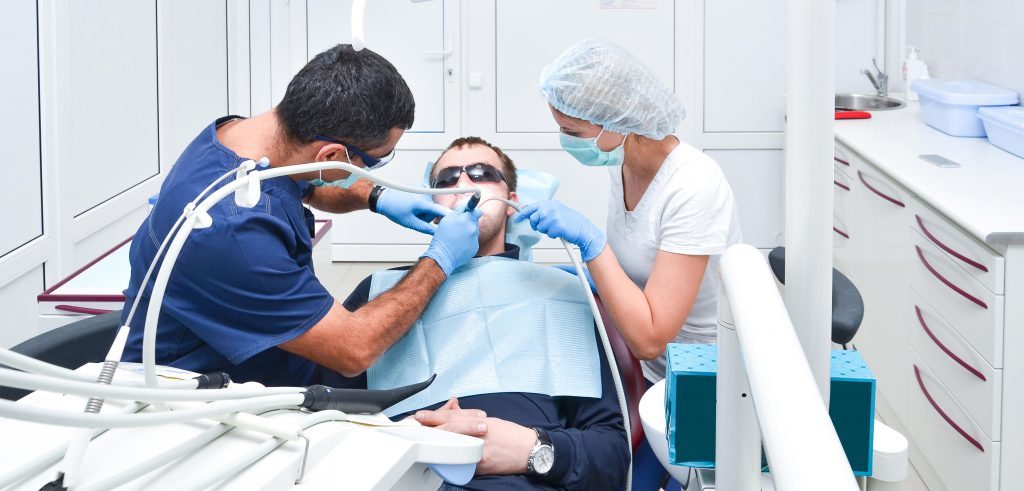In the domain of medication testing and clinical diagnostics, a noteworthy improvement is acquiring attention for its capability to reshape testing protocols – Human Fake pee. This fake substitute, carefully planned to mirror the composition of genuine urine, is testing traditional testing strategies and starting discussions about its implications for precision, protection, and the fate of testing techniques.
Synthetic urine, otherwise called counterfeit pee, is intended to imitate the substance composition, variety, and scent of normal urine. Initially produced for calibration and lab testing, its utilization has ventured into different areas, including drug testing, logical examination, and the calibration of clinical hardware.
One of the essential regions where synthetic urine is causing disturbances is in drug testing situations. Traditional medication tests often include the analysis of urine tests to distinguish the presence of substances like THC, narcotics, or other controlled substances. The utilization of synthetic urine presents another test for testing offices, as it might possibly delude these tests, prompting misleading adverse outcomes.
The evolution of synthetic urine equations has become progressively modern, intently imitating the biochemical markers present in genuine urine. This raises concerns about the unwavering quality of testing protocols and the requirement for continuous adaptation to balance emerging advancements intended to bypass detection.

On the other side, Human Fake pee utilization can have positive implications for security freedoms. People going through drug testing, whether for business purposes or lawful prerequisites, may see synthetic urine as a way to safeguard their security and autonomy. It prompts a conversation about the harmony between guaranteeing public wellbeing and personal opportunities.
The ascent of synthetic urine highlights the requirement for constant innovation in testing techniques. Labs and testing offices should adjust to the advancing scene by developing more hearty and foolproof techniques for recognizing counterfeit examples. This ongoing innovative weapons contest between testing protocols and synthetic urine makers underscores the powerful idea of the field and the significance of remaining in front of arising difficulties.
The development of synthetic urine is revolutionizing analysis and provoking a reevaluation of testing protocols in different areas. While it presents difficulties with the exactness of traditional medication tests, it additionally features the requirement for continual innovation in testing strategies. As the conversation around synthetic urine unfurls, it will be significant for administrative bodies, testing offices, and innovation engineers to cooperatively address the moral, legitimate, and logical implications of this developing feature of demonstrative innovation.












